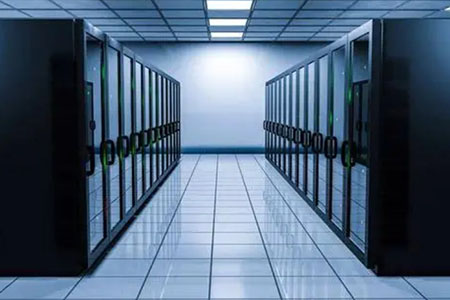To support a game server with 1.000 people online, you need a powerful hardware configuration and appropriate software optimization to ensure stability and performance. Here are some general hardware and software requirements, although actual requirements may vary based on game type, game content, and network conditions:
Hardware requirements:
1. Processor (CPU): A powerful multi-core processor is very important for handling a large number of players and game logic. A dual- or multi-processor server may be a good choice.
2. Memory (RAM): At least 16GB or more of memory is required to support the simultaneous loading of a large number of players and game data.
3. Storage (hard disk/SSD): High-speed storage, such as SSD, can improve the loading speed of game resources. Sufficient storage space is also required to store game data and logs.
4. Network bandwidth: A high-bandwidth connection is critical to supporting 1.000 people in an online game. At least 1 Gbps or more bandwidth is required to ensure fast data transfer.
5. GPU (graphics processor, optional): If your game needs to handle complex graphics rendering, a powerful GPU may be needed to reduce the burden on the server.

Software requirements:
1. Operating system: Choose a stable server operating system, such as Linux or Windows Server, and choose the appropriate version according to your game server needs.
2. Game server software: Install and configure the game server software to support your game. Different types of games may require different game server software.
3. Database: If the game needs to store player data, game status and other information, you need a high-performance database system, such as MySQL, PostgreSQL or NoSQL database.
4. Web server (optional): If you need online rankings, social features or website integration, you may need to install and configure a web server such as Nginx or Apache.
5. Firewall and security: Security strategies to protect game servers from malicious intrusions and DDoS attacks are very important. Configure firewalls, intrusion detection systems, and other security measures.
6. Load balancing: If you need to handle a large number of connections, use load balancing technology to distribute traffic to multiple server nodes to reduce the burden on a single server.
7. Monitoring and logging: Set up a monitoring system to monitor server performance and abnormalities, and set up detailed logging to track problems and optimize performance.
8. Automation: Use automated tools and scripts to manage server configuration, updates, and deployments to reduce administrative workload.
9. Backup and disaster recovery: Implement backup strategies to ensure data security and prepare disaster recovery plans to deal with possible failures.
To meet the needs of an online game server for 1.000 people, you need to comprehensively consider hardware performance, network bandwidth, game software optimization, and security to provide an excellent gaming experience and ensure server stability. Depending on the specific needs of your game, further adjustments and optimization of the configuration may be required.

 EN
EN
 CN
CN








